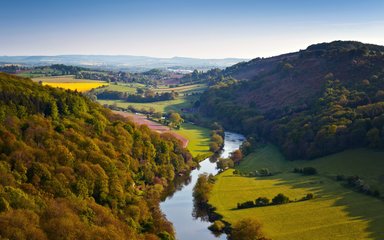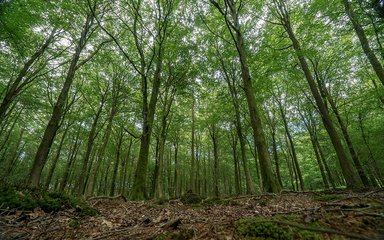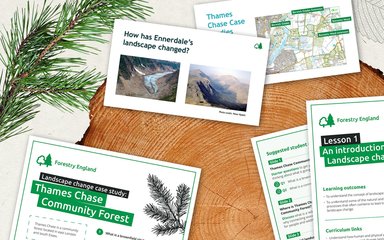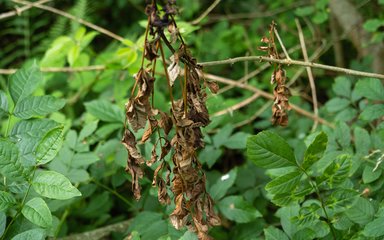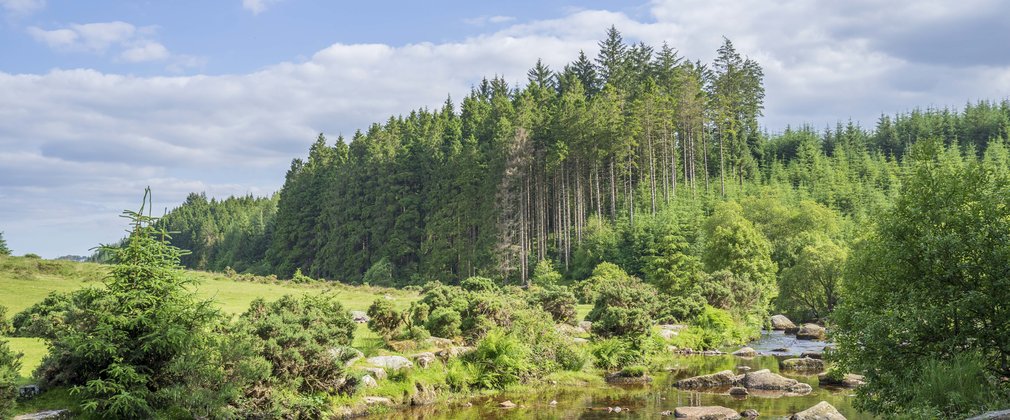
The spread of pests and diseases cause devastating impacts
We depend on trees, yet the threat to their health is increasing. Just like us, trees are more likely to get ill and pick up diseases when they are stressed and run down.
The climate is changing and we are experiencing warmer temperatures and more frequent extreme weather events. This is causing stress to our trees and increasing the risk of new pests thriving in this country. Insects and fungi not normally found in England have been finding a new place to live and grow.
To help reduce the impact pests and diseases may have on our trees and forests, we need to build resilience so they have the best chance to thrive despite the challenges.
Ask your students to complete the following activities:
Work through these activities with your students as they become tree health scientists for the day. We recommend a minimum of 30 minutes per activity.
1. Tree pests and diseases
Research the impact of pests and diseases and how climate change might affect their impact.
2. Pest and disease survey
Take part in tree health citizen science by surveying your area and reporting your findings.
3. Biosecurity
Find out what can be done to limit the spread of pests and diseases.
4. What can you do?
Keep watch and report any signs of pests and diseases.
Target age: KS3
Curriculum links:
Biology
- How organisms affect, and are affected by, their environment, including the accumulation of toxic materials.
- Changes in the environment may leave individuals within a species, and some entire species, less well adapted to compete successfully and reproduce, which in turn may lead to extinction.
Prior learning:
View Forestry England climate change video
1. Tree pests and diseases
What are they?
Climate change can affect the vulnerability of our forests to pests and diseases, but we can manage our forests carefully to increase resilience.
Pests include beetles, moths and other invertebrates. Some of our mammals, such as squirrels and deer, also cause damage to trees.
Diseases can be a fungi, bacteria or water mould and are often spread from tree to tree by invertebrates or the wind. Chalara ash dieback is a fungal disease that spreads through the air. Chalara is affecting a large proportion of the country but there is hope, as the case study 'fighting back' demonstrates.
Fact sheets and resources
Use these resources to research the impacts of pests and diseases in our forests.
UK Plant Health Risk Register - A full list of the hundreds of different pests and diseases that effect trees in the UK.
Climate change, pests and diseases video - Watch the second video of Roger Moore, Entomologist at Forest Research as he explains how to increase resilience to climate change threats.
Chalara map - Discover whether Chalara has been recorded in your area, and how it has spread across the country in a short number of years.
Fighting back - A case study of a national project researching the tolerance of trees to Chalara.
Your task
Discuss the impact of increased pests and diseases in our forests. What effects does this have on timber supply, habitats, and our fight against climate change?
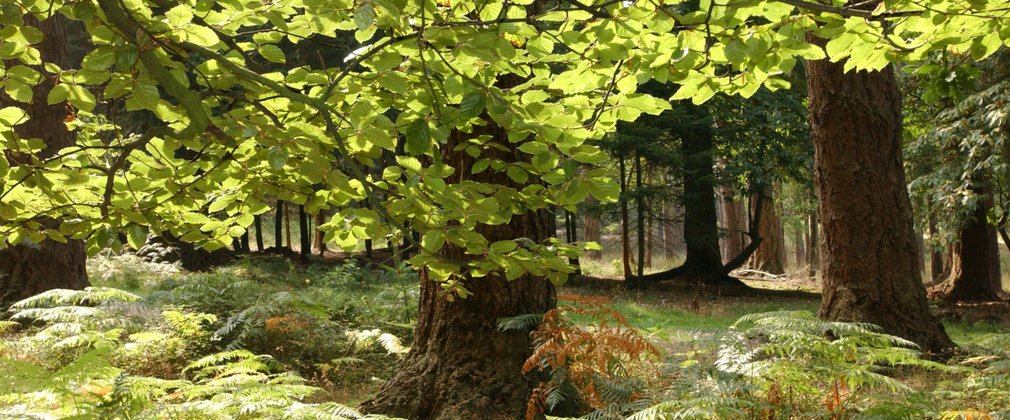
2. Pest and disease survey
Being able to recognise tree pests and diseases is important. Identifying which species are affected and tracking their spread across the country helps to plan and plant more resilient woodlands and forests. Our short videos and factsheets will help you to identify features of some common pests and diseases and whether they have links with climate change.
Short film clips
Ash dieback Oak powdery mildew Horse chestnut leaf miner Sycamore tar spot Squirrel and/or deer damage
Factsheets
Ash factsheet Oak factsheet Horse Chestnut factsheet
Your task
Using what you have just learned go out into your school grounds, local park or woodland and survey the trees for pests and diseases.
You can use the survey template below which will guide you through how to conduct your survey and record your results.
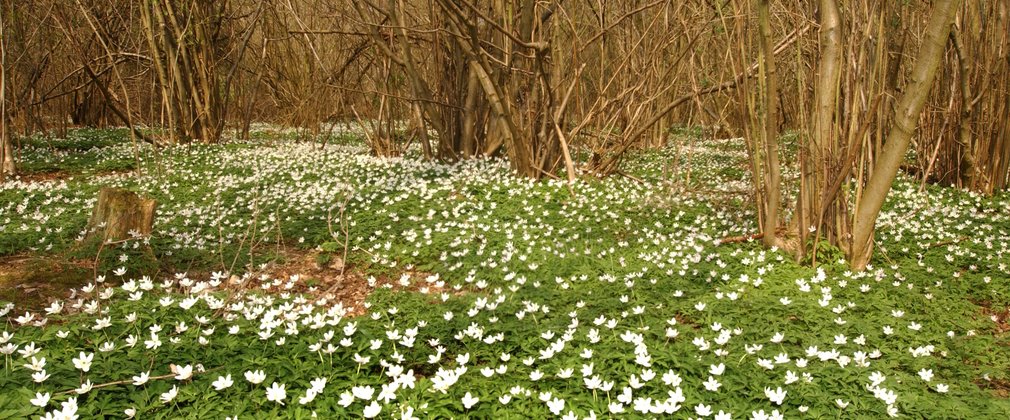
3. Biosecurity
Although climate change is contributing to the increase and abundance of pests and diseases, there are measures that both professionals and the general public can put into place to limit the spread. Biosecurity is the set of precautions we take to stop the spread in our forests. We’re protecting woodlands and keeping our trees healthy, but we need your help.
Here are some examples of what we are doing across the whole of the Forestry Commission to ensure good biosecurity practices.
Case studies
Heating it up It all starts with a seed Raising awareness
There are lots of things that you can do too whenever you visit a forest or woodland to make sure you are not accidentally spreading disease from one forest to another. Follow our biosecurity advice for forest visitors.
Your task
Using the case studies and video clips as inspiration, make an advert to help spread the message about good biosecurity. This could be a poster, TV or radio advert.
Think about your target audience – is it forest visitors or those who work in forestry related industries. What are the key points and how are you going to get them across so that people take notice?
4. What can you do?
As well as being advocates for ‘keeping it clean’ you can help by being on the look out for any signs of pests and diseases and reporting them via Tree Alert, which means you can help our scientists to gather information about the health of the nation’s trees, woodland and forests.
You can find out all the information you would need, as well as actually submitting your report via Tree Alert.
Your task
Make a rota for your class to inspect and monitor the health of a tree or selection of trees on your school grounds each month. If you found a tree with a pest or disease during your survey, you could monitor its health or you could observe an oak, horse chestnut or ash to check whether it develops any problems in the future.
Want more outdoor learning inspiration?
Sign up to our learning mailing list for ideas, lesson plans and more.

